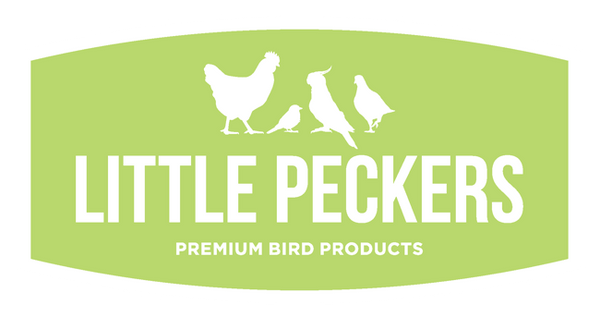A popular garden bird, the song thrush (Turdus philomelos) is smaller and more brown in colour than the mistle thrush and has more petite spotting to its breast. Its song can be distinguished easily from that of the blackbird due to its tendency to repeat refrains. Song thrushes can be seen in woods, hedgerows, parks, and gardens. They favour locations with plenty of bushes and trees to nest in. They are solitary birds that establish territories of up to 6 hectares.
What is the song thrush’s distribution and population?
Song thrushes are found throughout the UK. They are usually resident all year round but in periods of extreme winter weather, may migrate south. Considerable numbers of Dutch and Belgian song thrushes spend the winter in the UK. Unfortunately, the UK population declined by more than 50 percent between 1970 and 1995. The decline was most serious on farmland where numbers fell by 70 percent.
The troubling collapse of the song thrush population was primarily caused by the loss and degradation of its habitat. Intensive agriculture saw wet ditches and hedgerows removed. Land drainage reduced the number of invertebrates available to the birds. Numbers have recovered a little over the last decade, but the song thrush remains a red-listed species of high conservation concern. The current UK population is 1, 200, 000 breeding pairs.
What do song thrushes eat?
Song thrushes like to eat worms, snails, and fruit. These birds are renowned for smashing the shells of snails against rocks to access their meal.
Where do song thrushes nest?
Nests are built entirely by the females. Nests tend to be constructed low down in trees or in shrubs, creepers, and thick ground vegetation. They are neat and tidy structures made from twigs, grass, and moss which are lined with mud, rotten wood, and dung. Nests can take up to three weeks to build and are used for successive broods.
Females lay up to five eggs with one egg being laid each day. Incubation begins after the last egg is laid. Chicks hatch after 13-15 days and both parents feed them. They fledge after 13-14 days but can leave earlier if the nest is disturbed.
Did you know?
Song thrushes were once known as throstles.
Song thrushes love soft fruit and this makes them unpopular with farmers growing strawberries, raspberries, gooseberries and blackcurrants.

